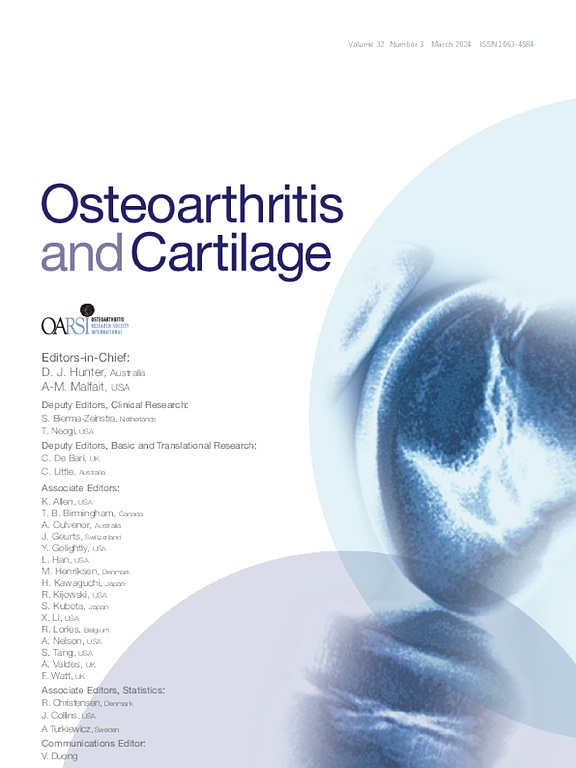
Surgical vs Non-Surgical Treatment in Patients with MRI-Confirmed Degenerative Meniscus Tears

Surgical vs Non-Surgical Treatment in Patients with MRI-Confirmed Degenerative Meniscus Tears
Arthroscopic partial meniscectomy vs non-surgical or sham treatment in patients with MRI-confirmed degenerative meniscus tears: a systematic review and meta-analysis with individual participant data from 605 randomised patients.
Osteoarthritis Cartilage . 2023 May;31(5):557-566.Did you know you're eligible to earn 0.5 CME credits for reading this report? Click Here
Synopsis
This systematic review and meta-analysis included a total of four studies with 605 patients exhibiting degenerative meniscus tears and compares surgical treatment (Arthroscopic Partial Meniscectomy; APM) with non-surgical or sham treatment. Pooled outcomes of interest included knee pain, overall knee function, health-related quality of life, and mental health scores. The pooled results of this ana...
To view the full content, login to your account,
or start your 30-day FREE Trial today.
FREE TRIAL
LOGIN
Forgot Password?
Explore some of our unlocked ACE Reports below!

Learn about our AI Driven
High Impact Search Feature
Our AI driven High Impact metric calculates the impact an article will have by considering both the publishing journal and the content of the article itself. Built using the latest advances in natural language processing, OE High Impact predicts an article’s future number of citations better than impact factor alone.
Continue



 LOGIN
LOGIN

Join the Conversation
Please Login or Join to leave comments.